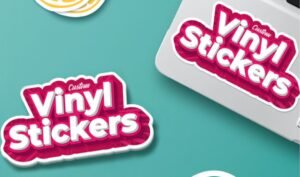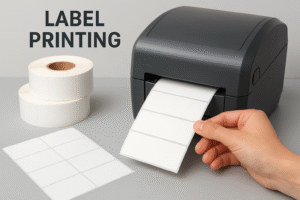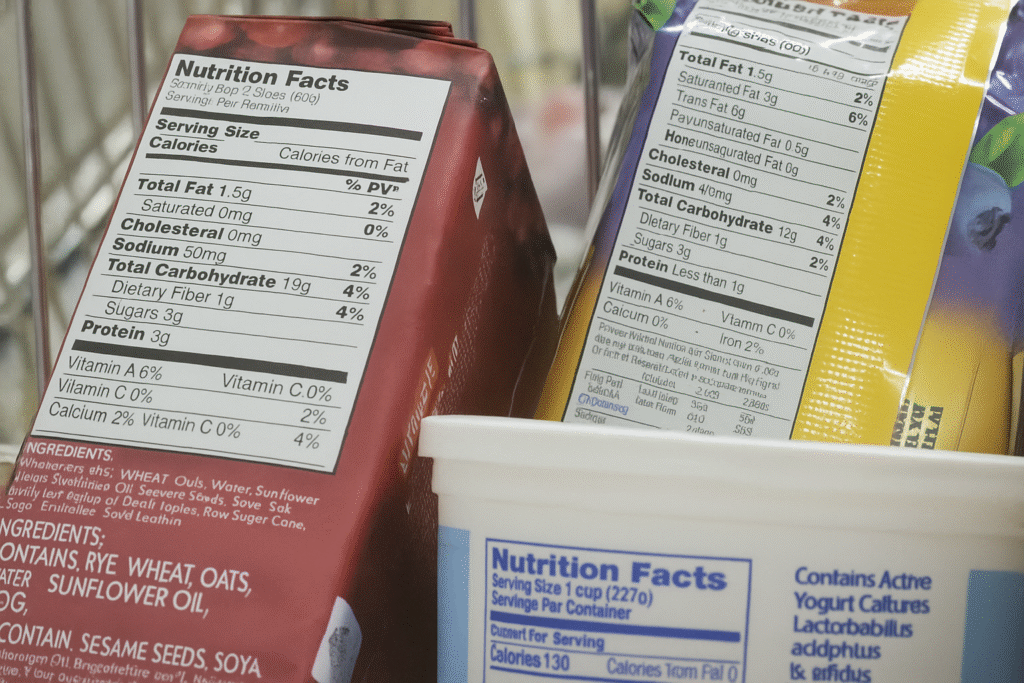Are you ordering food online? Or shopping in a supermarket? In both cases, you can glance at innumerable food labels highlighted with words such as ‘sugar-free’, ‘low-fat’, etc. Do they actually mean something or is it just a random claim? Well, for that you have to understand food labels. Understanding food labels is crucial in today’s world, as it gives you a clear guideline to make informed decisions.
Let Us Understand Food Label & Its Nutritional Facts Segment
The headline offering nutrition facts tells you about the content inside, details like calories and nutrient quantities. This information can help you check the serving size and how many servings are mentioned. Likewise, calories may refer to the total amount of energy that every serving will provide. Calories directly refer to the amount of energy the food provides.
Similarly, macronutrients refer to the amount of carbohydrates, fats, added sugars, and proteins found in the content. While percent daily values indicate low and high volumes of nutrient values. For example, five percent or less is considered low, and twenty percent may be considered high.
Front-of-Pack Claims May Confuse You
Many words, such as low-fat, real, natural, and organic, can be just buzzwords and nothing more. They are written in an attempt to attract customer attention. These words do not always mean the same in the literal sense. You can feel more assured if there are words of assurance like ‘100% whole grains’, ‘100% wheat – no maida’, or ‘completely organic’ in the ingredient list.
Using Food Labels to Compare One Brand with Another
Food labels can be considered as important tools, used to compare or judge products side by side. For instance, if you are not sure which fruit shake to buy, you can easily compare different shakes for details regarding calorie count, and sugar quantity. Usually, the cleanest label is the one with fewer contents. It is the healthiest option as compared to ones with a long list of ingredients.
You can trust reputable food label manufacturers like Prakash Labels to offer clean and simple labeling. Food labels may not be confusing if you know how to read them correctly and know how to study them properly. Food labels can be used as a guiding tool to read and interpret food content. This way, you will know the nutritional value of the products and make informed decisions. Knowledge is power! All you need is to be aware of and explore the packaging and the label info before buying.
Know What Your Body Needs In Terms Of Calories
As we all know, no two people are the same. Every individual needs calories based on their personal metabolic rate. You must ideally choose a product with a calorie count that is suited for your body’s requirements. You can check out the general calorie guideline (US-based), typically used when one is reading nutrition labels, can be the best bet to understand the calorie density of various foods.
Just like calories, nutrient content info are also listed in the same manner, as per value offered for every 100-gram serving. Nutrients can mean different levels of fats, sodium, salts, calcium, cholesterol, proteins, and many other substances. A well-designed label with an informative and honest nutrient chart will do the work. It can give you a better idea if the product is suited for your body’s nutrient requirements.
You can buy or reject a product for health reasons. For example, a chronic heart patient should avoid food products that showcase high cholesterol or fat values. Similarly, people with knee pain or osteoporosis should buy products that indicate high calcium nutrient value.
Know Your Allergies Before Buying Food Products
The list of ingredients mentioned in food labels may mention or highlight some ingredients. They will include words such as ‘preservatives, artificial colors, gluten, peanuts, tree nuts, sesame, dairy products, groundnuts’ to name a few. This info is vital for people who are allergic to certain ingredients. They can thus consciously avoid food products with those ingredients. Reading food labels is unavoidable for people with certain food allergies.
Master Food Label Reading:
- Avoid food products with complex ingredients that you can’t pronounce.
- Look for sugar content hidden under different names like maltose or trans fats,
- Look out for misleading small serving sizes.
- Pay close attention to allergen revelations and product nutritional content.
- Always support simple and honest product brands.
- Pick products that include lab reports or have QR codes for batch test results.
- Give priority to safe packaging. Always opt for eco-friendly, biodegradable, sustainable, and food-safe containers.
- Washing and sanitizing fruits and vegetables is a smart and safe idea, irrespective of your shopping destination.
- Shop for ozone-based cleaners to get rid of pesticides.
- You can share what you have learnt and create awareness amongst other shoppers.
- This way, brands can be held accountable for flouting rules and consumers can make informed decisions.
FAQs
The ingredient list can be the main deal, and where the real truth is revealed. Normally, an ingredient list is given in descending order on the basis of weight. To know the actual bulk of the food product, you must check the ingredient list. A shorter list can mean fewer ingredients and less processing. Real or organic ingredients like fruits, veggies, grains, etc, are listed before artificial flavour additives, sugar, or salt.
The ingredient list will give info on hidden sugars such as fructose, maltose, corn syrup, or dextrose. Long, complicated chemical names that you find difficult to pronounce often refer to additives or artificial preservatives.
Apart from the list of ingredients, products are marked in green or red. Vegetarian products have green dots, and all non-vegetarian products have red dots on them. Likewise, all vegan products will have ‘certified vegan’ labeling.
Food label transparency is a necessity. It prioritizes clean and honest labeling. Consumers can make conscious and smarter choices depending on correct food labeling. You can protect the health of your family if you can read food labels. Food label transparency signifies a complete and truthful information is given to consumers about the food contents inside. This also includes all details in the label, about the list of ingredients, nutritional content, sourcing, potential allergens, etc.




